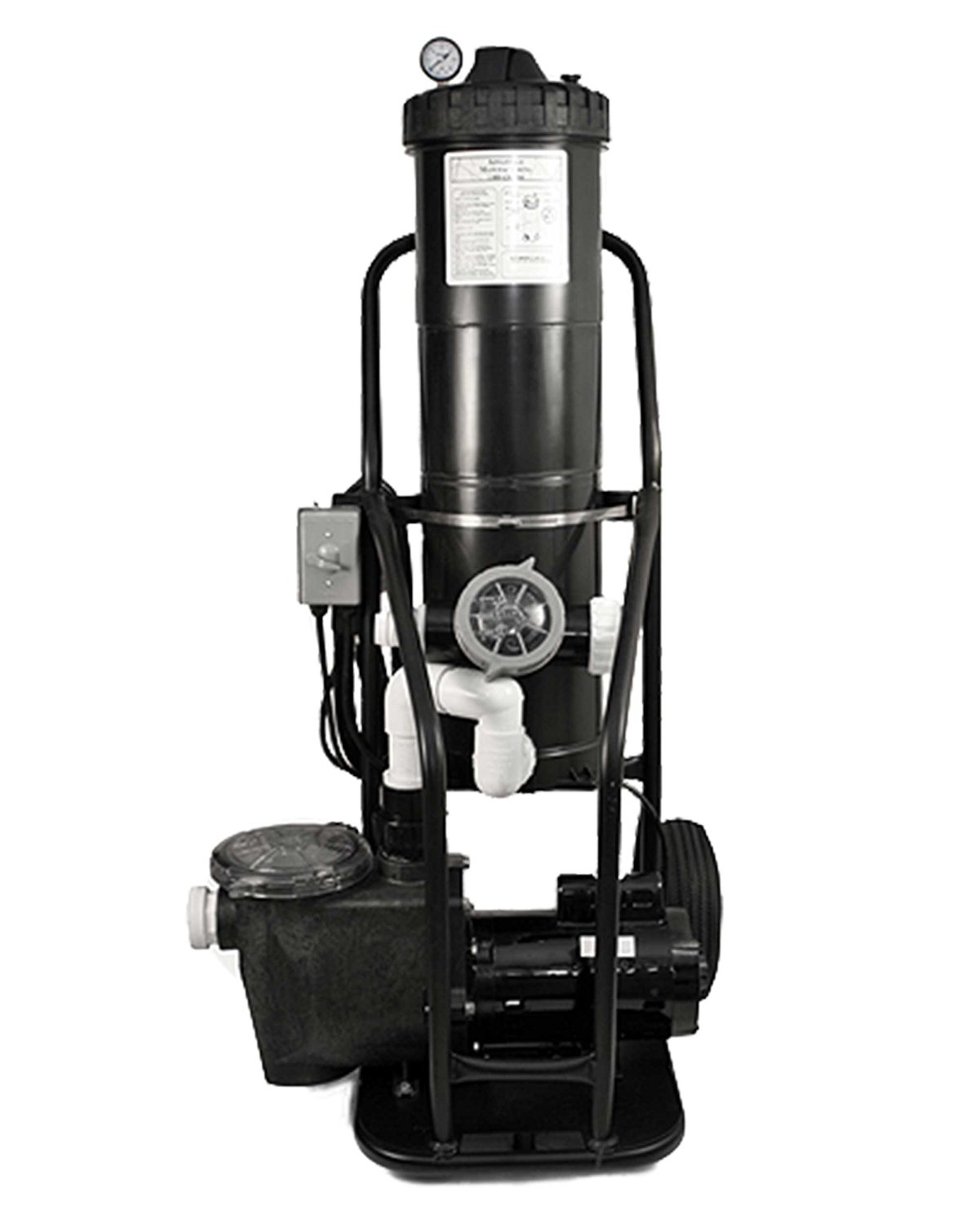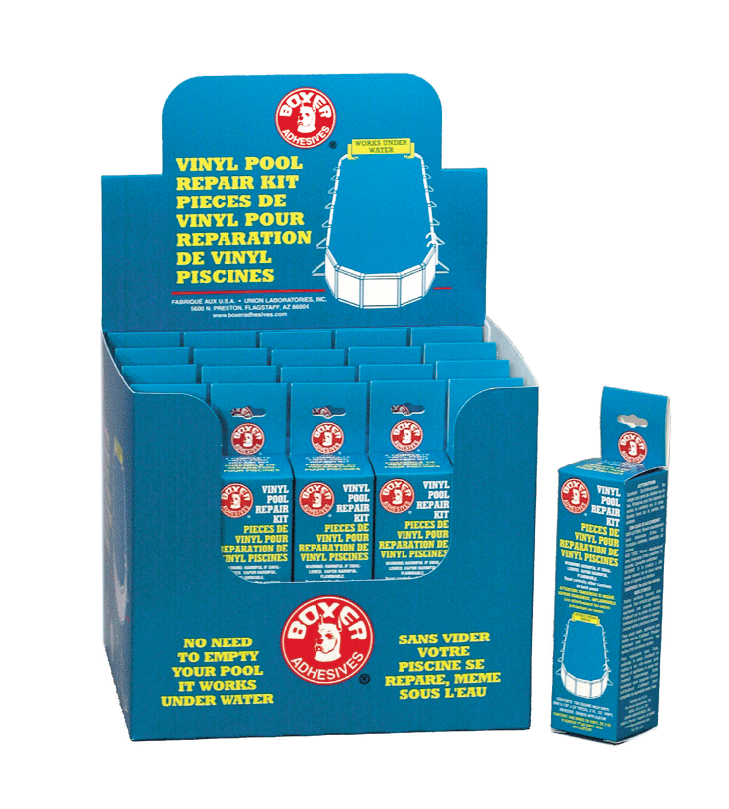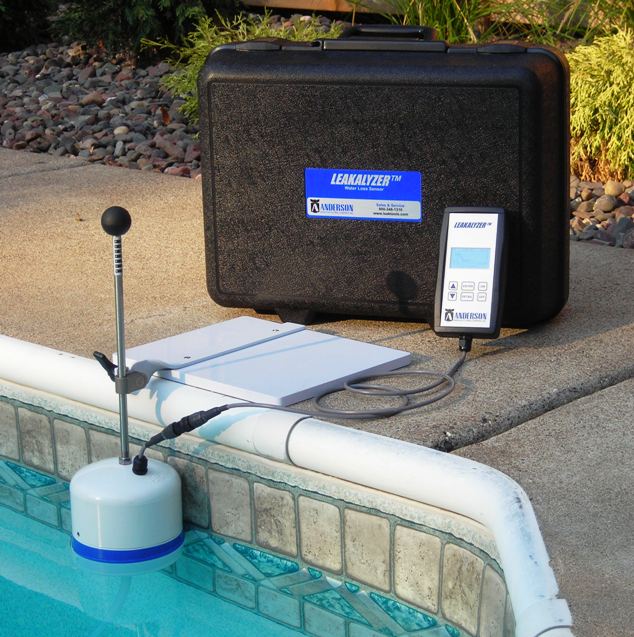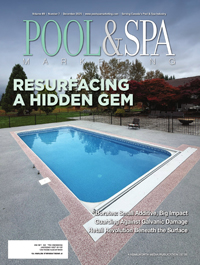Understanding the electromechanical process of galvanic corrosion
Make sure clients are aware

The complicated nature of this problem is often the reason why pool owners are not made fully aware of the potential risks associated with saltwater chlorine pools. These pools certainly have some advantages, such as the water being softer and less irritable to bather’s skin and eyes; however, to make an informed decision, pool owners should be made aware of what can happen and what can be done to mitigate the risks.
Should a pool be hampered by any one of the following perils, increasing the salt levels in the water via a chlorine generator should not be considered an option.
Pools with bonding grids that are old, out of date, undersized, or the condition is unknown should be electrically renovated prior to installing a saltwater chlorine system. In the event the pool is not bonded and grounded, the damage from galvanic corrosion can be very aggressive.
Pools with poorly maintained water chemistry are more likely to experience problems from galvanic corrosion. For instance, pH values outside the ideal range can increase the rate of damage. This is another subject that should be discussed with the pool owner so they understand the importance of proper water chemistry.
Hot tubs, spas, and warm water pools will have greater galvanic corrosion activity than cold-water environments.
Pools equipped with gas heaters that have copper heat exchangers, which are not rated for sodium levels commonly associated with saltwater chlorine pools, may be prone to premature failure. Some pool and spa heaters have thicker exchangers or nickel steel heat exchangers, which are more resistant to the effects of galvanic corrosion.
Pools with active leaks or wicking that allow water, which contains conductive salt, to access steel wall panels, metal light niches, and areas where copper from the bonding grid is connected to metal components of the pool. The addition of an electrolyte solution to these areas will increase the rate of galvanic corrosion. One particular concern is the structural steel-reinforcing grid in the shell of concrete pools. Since the vast majority of these pools are not treated with waterproofing products, but instead employ a more porous water-resistant design using cementitious materials, the salt water can, and will, wick into the pool shell and access the critically important and non-serviceable reinforcing grid.
The path of least resistance
Bonding is the process of providing a direct, low-resistance electrical path between all metal components in a system—something all pools require. This prevents any metal components in the pool from developing a potential difference, which is not only dangerous for bathers, but also the primary risk factor for galvanic corrosion. Further, the bonding grid, and all electrically powered equipment, must be grounded. This gives any electrical currents developed in the pool a non-destructive method to escape.
With this in mind, it is important to know the fundamental differences between bonding and grounding procedures as these concepts are often confused. To fully comprehend the risks of galvanic corrosion, it is important to be able to differentiate between the two.





